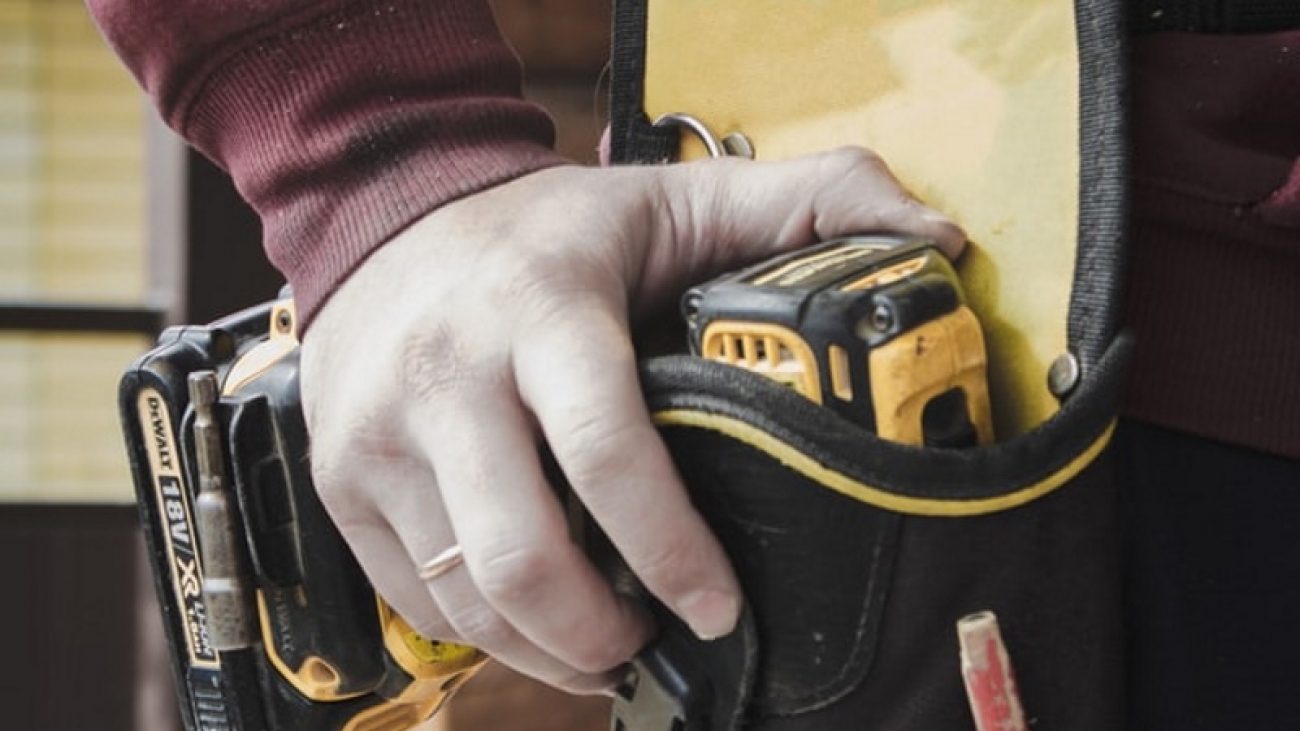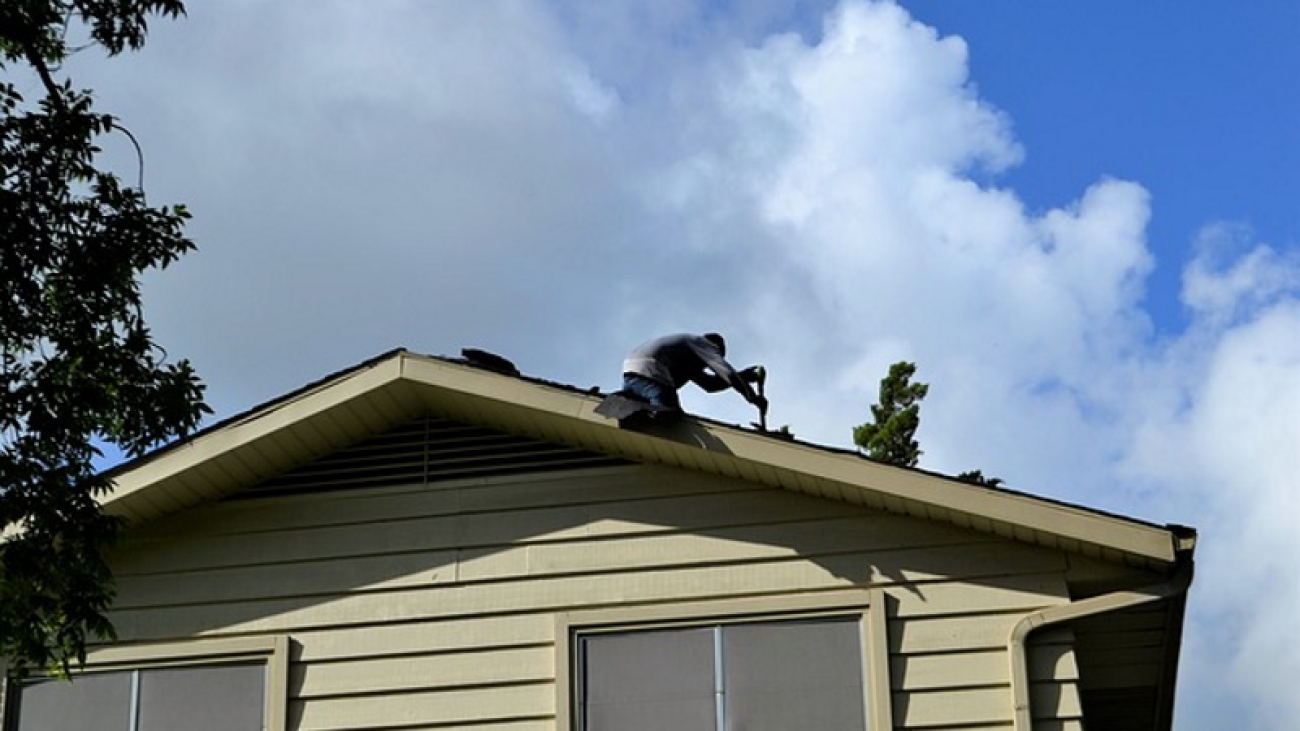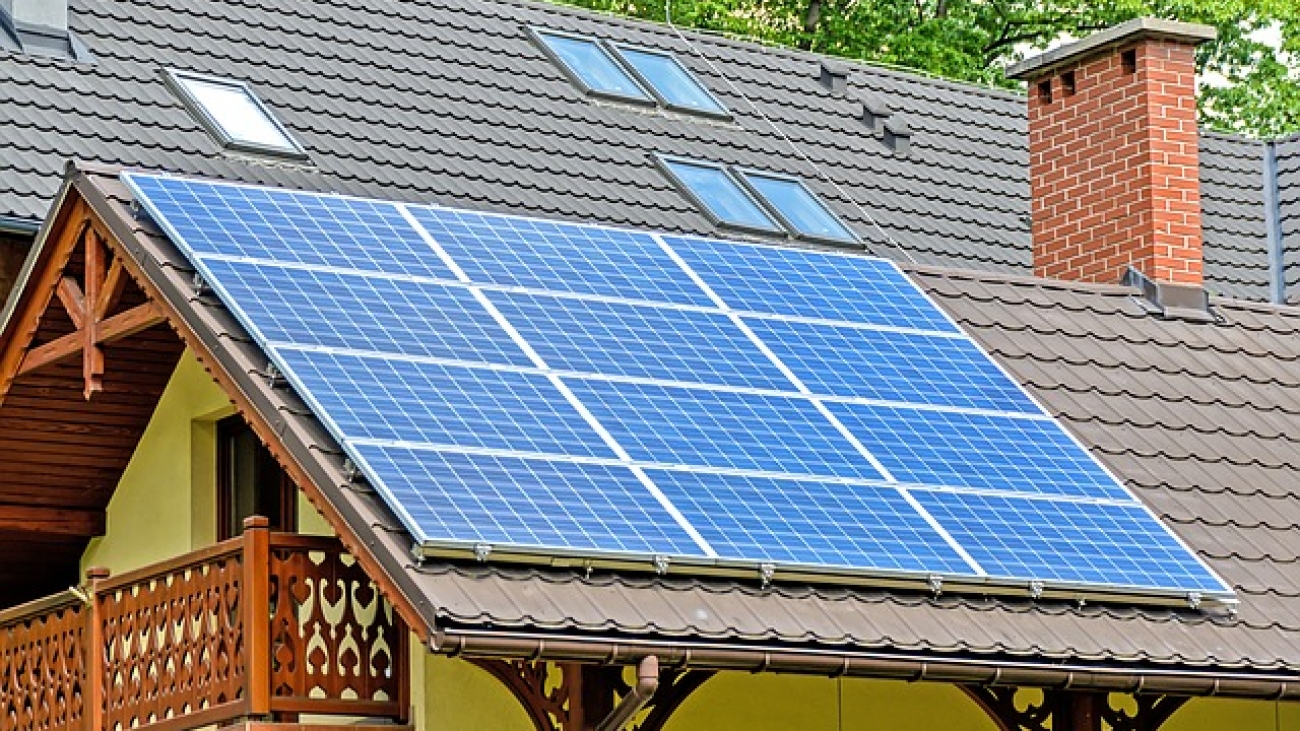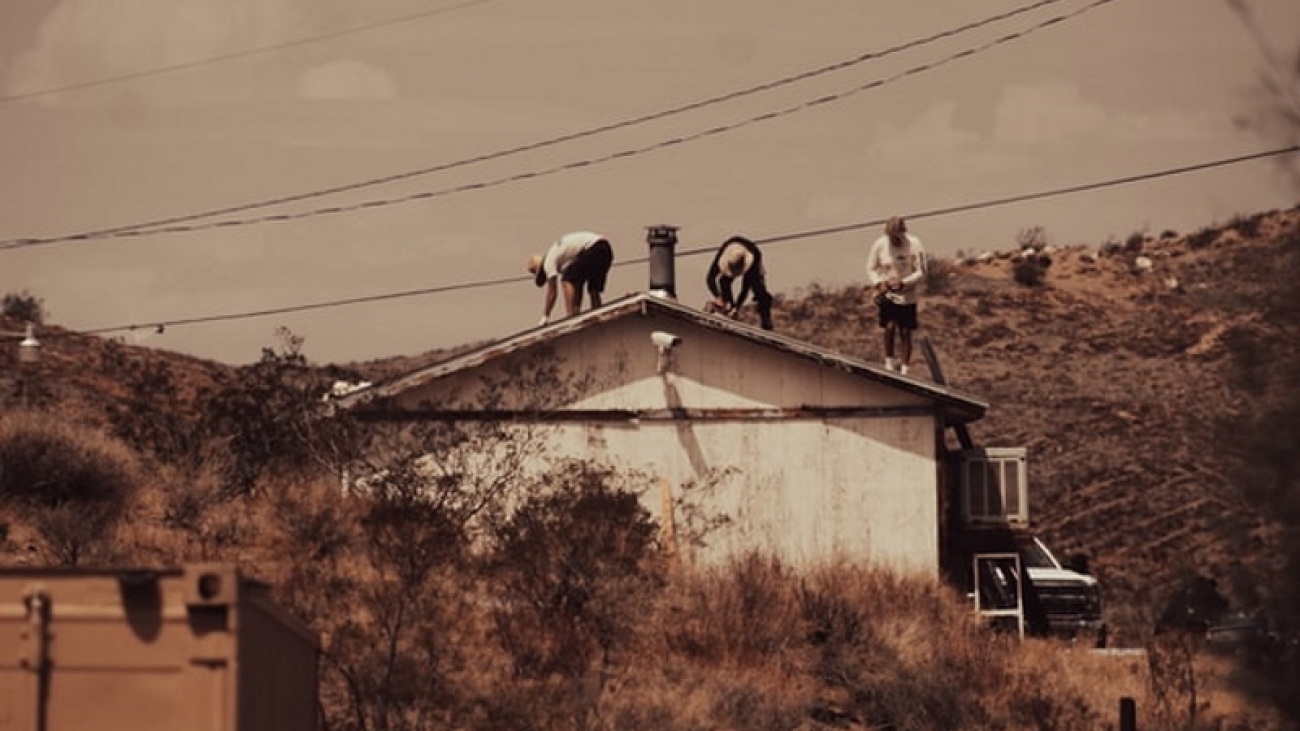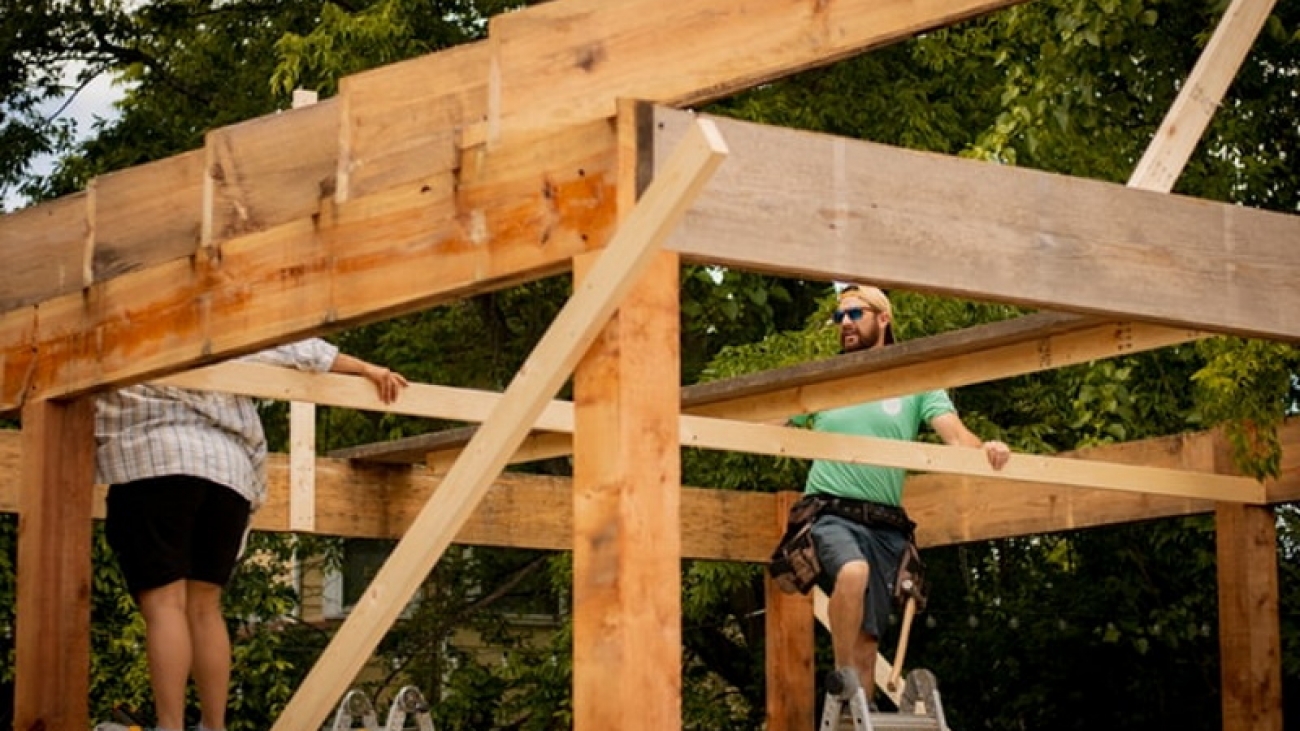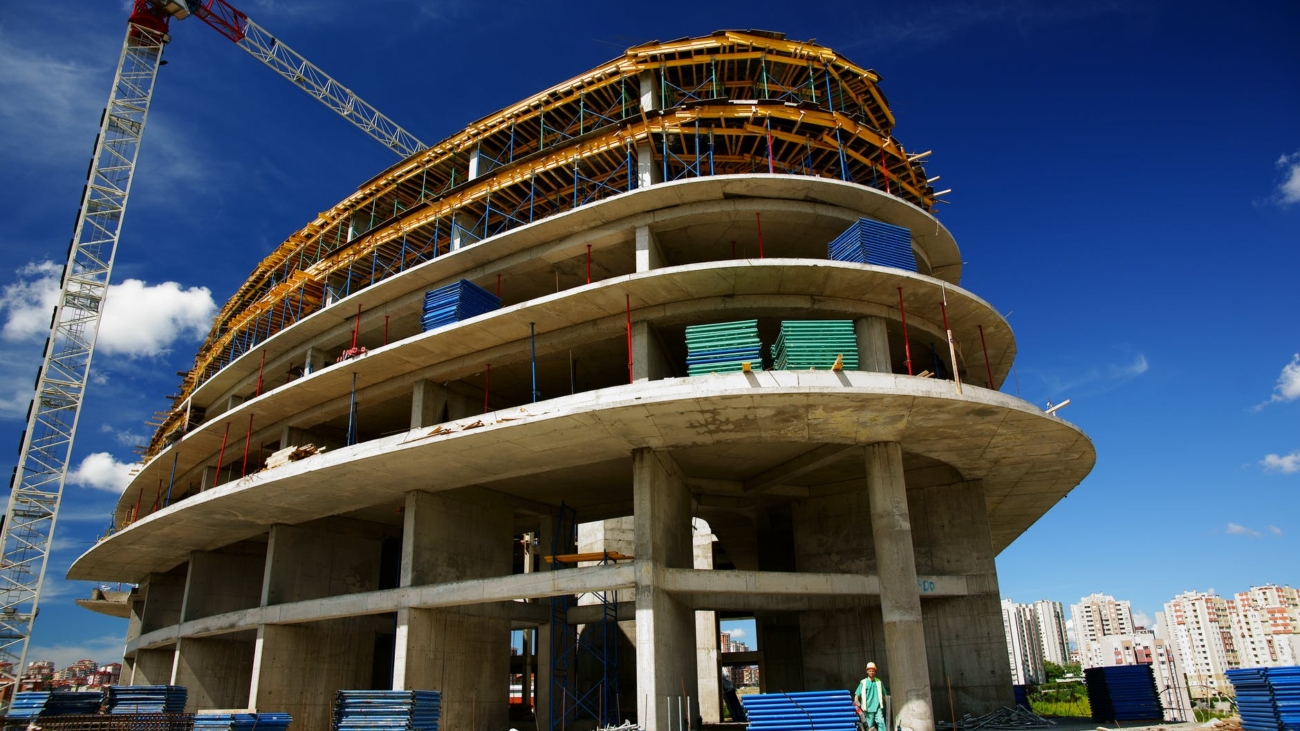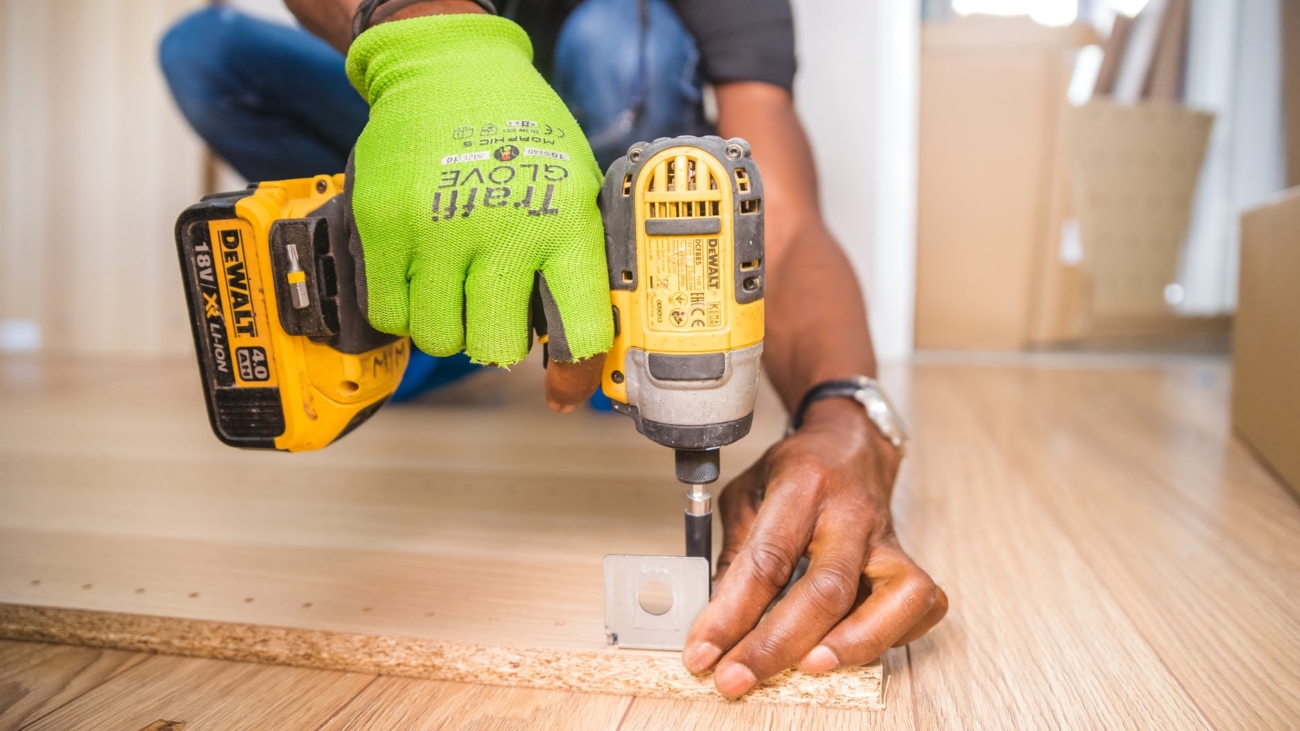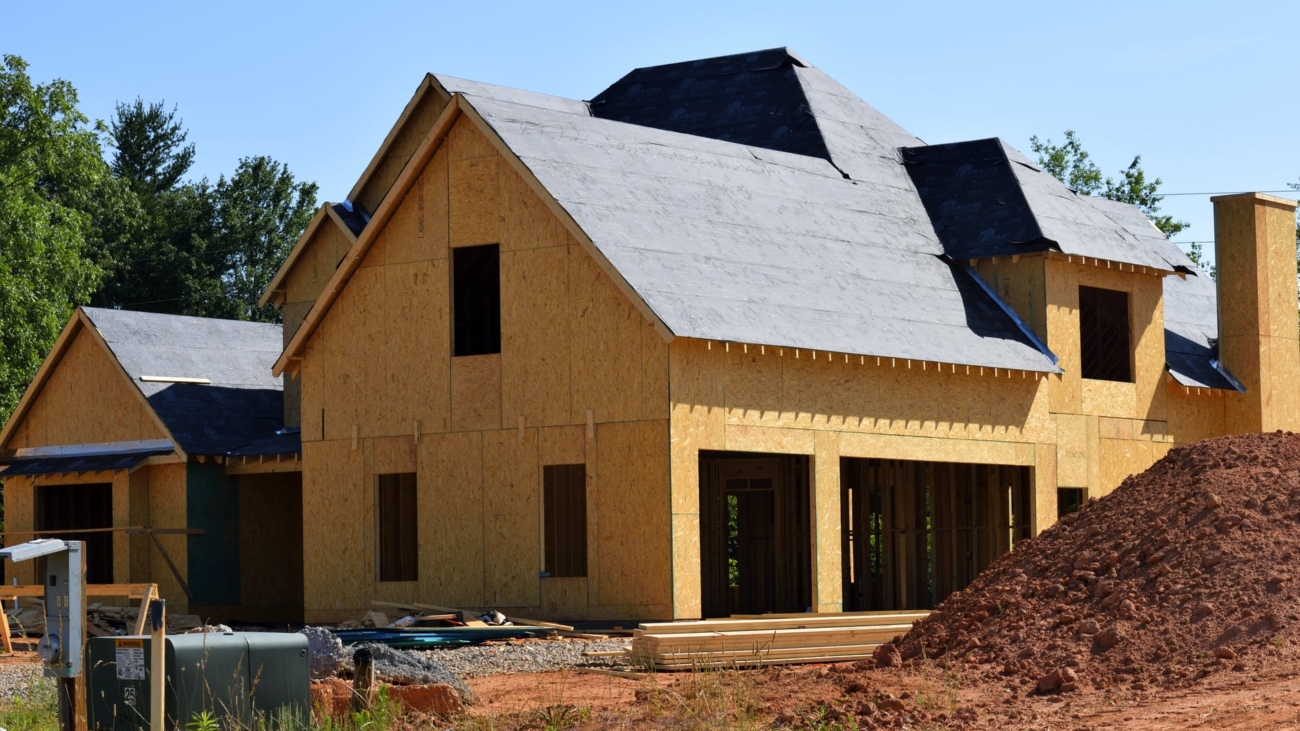Updated Aug 15, 2022
Originally Published August 15, 2020
What’s The Difference Between Blistering and Alligatoring?
Blistering and alligatoring are two common problems with most membrane roofing systems. Alligatoring is a cracking pattern in the roof’s surfacing that looks a lot like alligator skin.
That’s the reason we them alligatoring. Blistering is a slightly different phenomenon in which bubbles form underneath the roof’s membrane.
Blistering sometimes results in cracks or pops, but unlike alligatoring, the damage caused by blisters usually follows the length of the blister rather than forming a pattern.
Commercial roofs, in particular, require different repair and maintenance routines than residential roofs.
For starters, most commercial roofs are usually flat and this means they react much differently to sun, rain, ice, and snow which means alligatoring and blistering are much more common. Commercial roofs often require more frequent maintenance to ensure there isn’t any damage and if there is wear and tear, it is taken care of before it can spread.
What Causes Alligatoring?
Alligatoring is a sign that your roof is aging. Prolonged exposure to the elements damage the roof’s surface, and after about five years, the coating may develop small cracks. If left untended, the problem will get worse and spread across your roof.
Fluctuation in temperatures, ice, snow and sunlight shifts will cause new cracks to appear while widening the existing cracks.
Because these problems are common among some membrane roofing systems, you should make sure to get a roofing contractor to inspect your roof at least twice per year.
Is it possible to Fix Alligatoring?
Roof alligatoring is a sign that your roof is aging but it is possible to prevent alligatoring, and to repair small patches before they get so bad that you have to replace your roof entirely. First, a roofing contractor will need to apply a new coating to the roof. He will start by cleaning the roof thoroughly, making sure that all dust and loose particles are removed. After that, the contractor will apply a primer that is compatible with the roof’s original surface, and once dry, apply the coating itself. Embed strips of fiberglass mesh in the coating as you apply it to help increase its strength.
What Causes Blistering?
Blisters form when there are pockets of air or moisture trapped between layers of your roof’s membrane.
If left untreated, a blister can grow larger and allow more moisture to get in so that the problem gets worse until more extensive repairs and possible replacement is necessary…unless it pops! The origins of blistering are several. Among them, we count poor ventilation, trapped moisture or UV light.
As these pockets expand and stretch the membrane they form bubbles. In severe cases, the membrane will actually crack when the pressure becomes too great. Once blistering forms, the membrane stretches permanently, which allows for even more air or moisture to infiltrate the membrane layers.
This causes even more expansion. Each time the sun heats your roof, there is the potential for the blisters to grow a little larger.
How to Fix Blistering?
In general, blisters keep air in will keeping water, preventing serious water damage. This usually means unless the blisters have certain characteristics, it may be preferable to leave them undisturbed. Some of the blisters may pop, but most of them may not.
The question is, should we repair all of the blisters or only the blisters that have exposed? There are certain circumstances in which you should repair the blister:
- The paint or surface is coming off of the blistered area.
- The membrane itself has cracked.
- The blister is close to a seam and may cause the seam to open up.
To repair a blister
To repair a blister, cut away the membrane until you reach an area where the membrane still adheres to the roof tightly. You’ll then need to reapply new membrane material at least as many layers as you removed over the blistered area.
Make sure that the new membrane extends at least six inches around the edges of the blister to ensure that your patch remains leak-proof despite the expansion and contraction caused by temperature shifts. Alternatively, on a bitumen roof, our roofing contractor may be able to cut an “X” into the blister and then peel back the loose membrane layers. He will then fill the void underneath the membrane with bitumen and then press the membrane back into place. Keep in mind that this type of repair is only advisable if the membrane is otherwise undamaged and the blistering isn’t too great.
Prevention of Alligatoring and Blistering
It is possible to prevent roof alligatoring and blistering by scheduling regular inspections and keeping up on maintenance.
Regular inspections will help ensure you’re able to tackle any blistering or alligatoring problems before they become bigger problems.
Our roofing contractors can apply a protectant or reflective roof coating on a consistent schedule to prevent alligatoring and other damage from happening. While prevention represent an additional cost, it will save you money in the long run: Alligatoring and blistering are expensive to fix.
As noted, flat commercial roofs require a bit more upkeep than sloped, residential roofs, and it’s important to have them inspected at least twice a year if you want to extend the life of your roof.
Repair
If you’ve noticed small splits and cracks in your roof, it’s best to call a roofing inspector. They will likely tell you if the problem is worth fixing or if it can be left to be fixed at a later date. At Cambie Roofing, we give you a realistic picture of what needs to be done to your roof.
Some small hairline cracks can be filled by applying an appropriately rated energy sealing polyurethane, but in general, it’s best to just get rid of those troublesome sections as they appear.
Most roofs come with warranties lasting on average between 10 to 20 years and so if your roof is starting to show signs of damage, it may be covered under warranty. Property owners and homeowners looking for roof replacement or roof repairs can call Cambie Roofing for a free roof estimate.

